Valles Caldera
Valles Caldera (or Jemez Caldera) is a 13.7-mile (22.0 km) wide volcanic caldera in the Jemez Mountains of northern New Mexico. Hot springs, streams, fumaroles, natural gas seeps and volcanic domes dot the caldera floor landscape. The highest point in the caldera is Redondo Peak, an 11,253-foot (3,430 m) resurgent lava dome located entirely within the caldera. Also within the caldera are several grass valleys, or valles, the largest of which is Valle Grande (locally VY-ay GRAHN-day), the only one accessible by a paved road. In 1975, Valles Caldera was designated as a National Natural Landmark by the National Park Service with much of the caldera being within the Valles Caldera National Preserve, a unit of the National Park System.
Use of Valles Caldera dates back to the prehistoric times: spear points dating to 11,000 years ago have been discovered.[1] Several Native American tribes frequented the caldera, often seasonally, for hunting and for obsidian, used for spear and arrow points. Obsidian from the caldera was traded by tribes across much of the Southwest. Eventually, Spanish and later Mexican settlers as well as the Navajo and other tribes came to the caldera seasonally for grazing with periodic clashes and raids. Later, as the United States acquired New Mexico as part of the Treaty of Guadalupe Hidalgo in 1848, the caldera became the backdrop for the Indian wars with the U.S. Army. Around the same time, the caldera and its forest began to be used commercially for ranching and logging.
Baca RanchThe caldera became part of the Baca Ranch in 1876. The Bacas were a wealthy family given the land as compensation for the termination of a grant given to their family near Las Vegas, in northeastern New Mexico. The family was given several other parcels by the US Government as well, including one in Arizona. This area, 100,000 acres (40,000 ha), was called Baca Location number one. Since then, the land has been through a string of exchanges between private owners and business enterprises. Most notably, it was owned by Frank Bond in the 1930s. Bond, a businessman based in nearby Española, ran up to 30,000 sheep in the calderas, significantly overgrazing the land and causing damage from which the watersheds of the property are still recovering.
The land was purchased by the Dunigan family from Abilene, Texas in 1963. Pat Dunigan did not obtain the timber rights, however, and the New Mexico Lumber Company logged the property very heavily, leaving the land scarred with roads and removing significant amounts of old-growth douglas fir and ponderosa pine. Dunigan bought out the timber rights in the 1970s and slowed the logging. He negotiated unsuccessfully with the National Park Service and the US Forest Service for possible sale of the property in the 1980s.[1]
 Elk Calf in the Valle Grande, 2012Valles Caldera National Preserve
Elk Calf in the Valle Grande, 2012Valles Caldera National Preserve
The Valles Caldera Preservation Act of 2000 signed by President Clinton on July 25, 2000, created the Valles Caldera National Preserve (VCNP).[2] The legislation provided for the federal purchase of this historical ranch nestled inside a volcanic caldera, with funds coming from the Land and Water Conservation Fund derived from royalties the US government receives from offshore petroleum and natural gas drilling.[3] The Dunigan family sold the entire surface estate of 95,000 acres (380 km2) and seven-eighths of the geothermal mineral estate to the federal government for $101 million. As some sites of the Baca Ranch are sacred and of cultural significance to the Native Americans, 5,000 acres (20 km2) of the purchase were obtained by the Santa Clara Pueblo, which borders the property to the northeast. These include the headwaters of Santa Clara Creek, which is sacred to the pueblo.[3][1] On the southwest corner of the land, 300 acres (1.2 km2) were to be ceded to Bandelier National Monument.
The Baca Ranch, also known as Baca Location No. 1, had possessed a mixed range of tree species and significant biodiversity. At the time of the purchase, the ranch was home to 40 miles (64 km) of pristine trout streams, 66,118 acres (26,757 ha) of conifer forest, 17 endangered plant and animal species, and 25,000 acres (10,000 ha) of grassland grazed by 8,000 elk, New Mexico's largest herd. The preserve is encircled by federal lands, including the Santa Fe National Forest, the Jemez National Recreation Area, and Bandelier National Monument.[4]
The Valles Caldera Preservation Act of 2000 also created the Valles Caldera Trust, an experimental management organization consisting of nine board members, including seven appointed by the President of the United States.[5] The Trust combined private-sector practices with federal land management protocol. Under the terms of the Valles Caldera Preservation Act, the preserve was to become financially self-sustaining by 2015. The experiment was controversial. In 2010, the Trust admitted that it would be unable to achieve financial self-sustainability, having raised only about $850,000 of the $3 million needed to manage the property each year.
Environmentalists had lobbied for the more inclusive protections of national park status instead of the Trust model, but then-Senator Pete Domenici (R) insisted on the experimental approach as a condition for his support for public purchase. Beginning in 2010, US Senator Jeff Bingaman (D) introduced legislation that would transfer the property to the National Park Service as a national preserve.[6] The 2011 bill[7] was supported by the VCNP trustees and a majority of New Mexico's Congressional delegation. On December 19, 2014, President Barack Obama signed the 2015 National Defense Authorization Act, which transferred administrative jurisdiction of the preserve from the Valles Caldera Trust to the National Park Service.[8] After a brief transition period, the National Park Service assumed day-to-day management on October 1, 2015. On October 10, the preserve held an official dedication with dignitaries including U.S. Secretary of the Interior Sally Jewell, U.S. Senator Tom Udall, U.S. Senator Martin Heinrich, former-U.S. Senator Jeff Bingaman, National Park Service Intermountain Region Director Sue Masica, and the first National Park Service Superintendent of Valles Caldera National Preserve, Jorge Silva-Bañuelos.[9]
2011 wildfireIn July 2011, the Las Conchas Fire, started by a power line on nearby private land, burned 30,000 acres (120 km2) of the Valles Caldera National Preserve. The wildfire burned a total of 158,000 acres (640 km2) in the Jemez Mountains, including most of neighboring Bandelier National Monument.
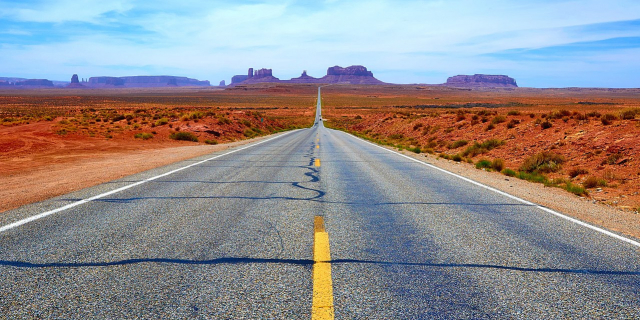



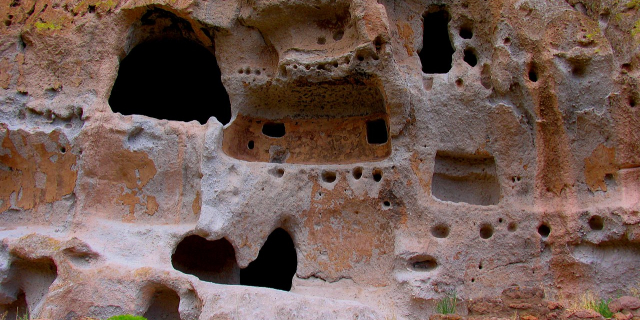



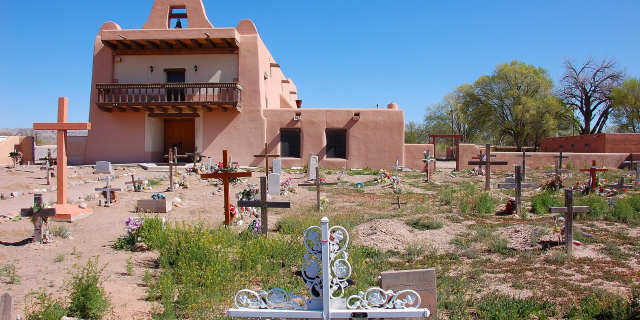


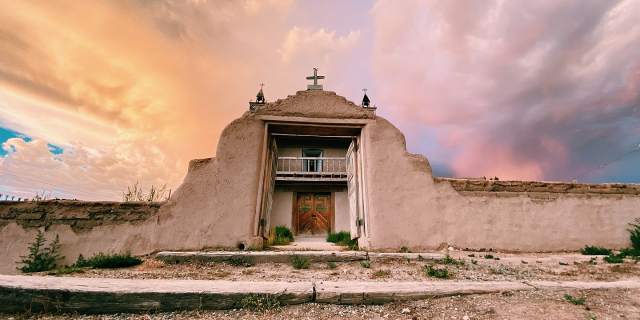



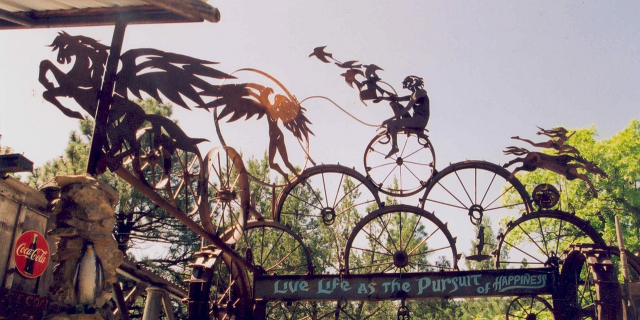

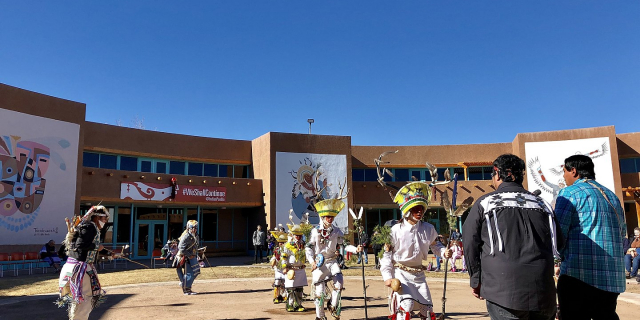
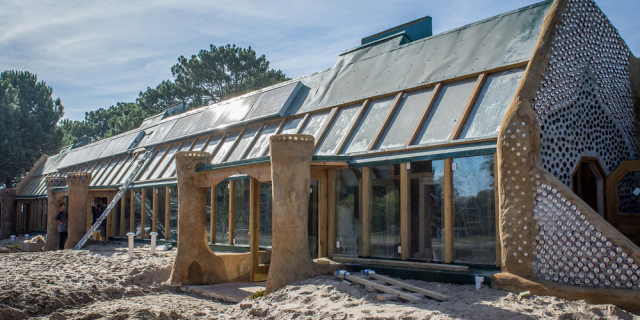


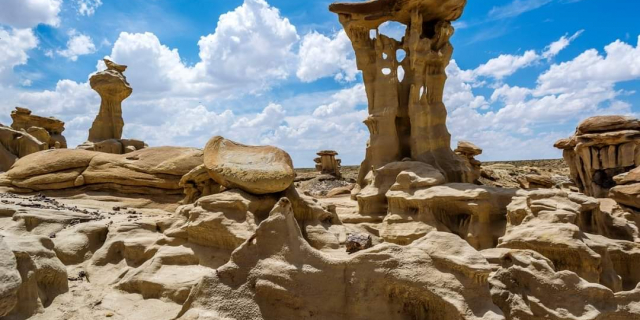
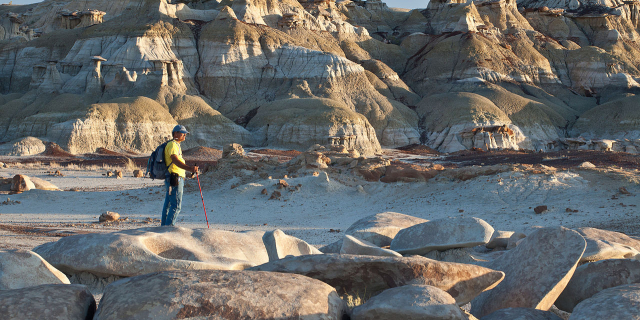


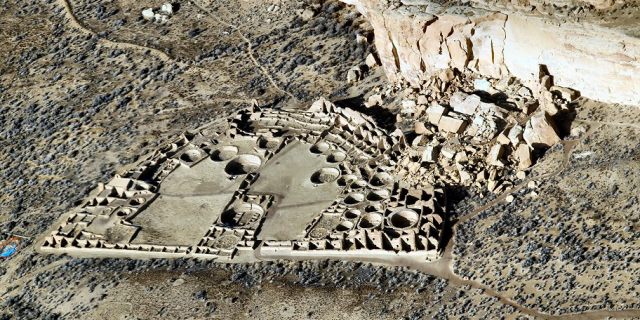


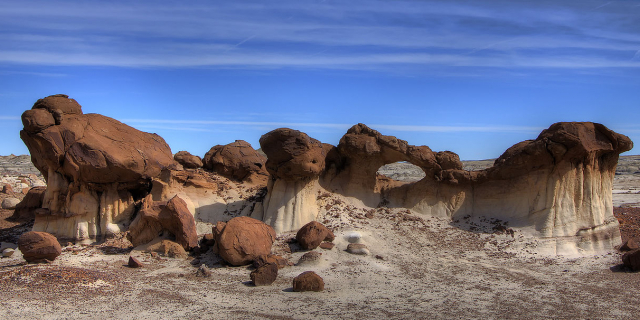



Add new comment